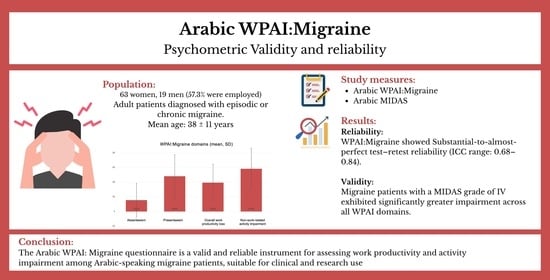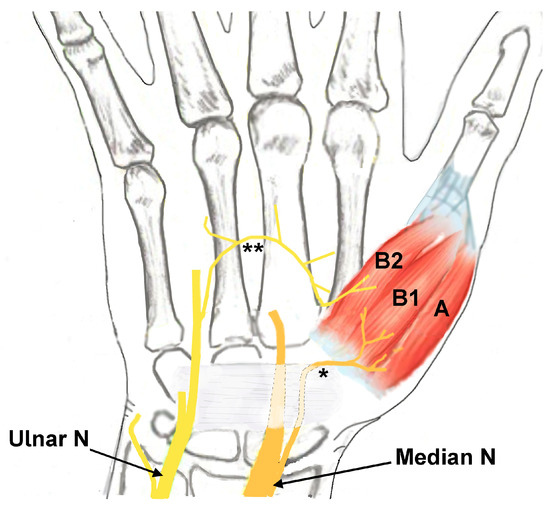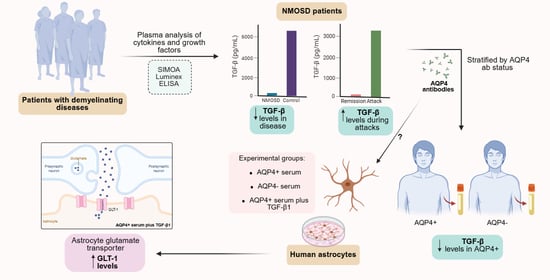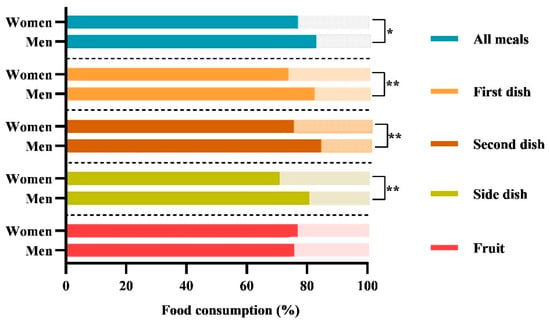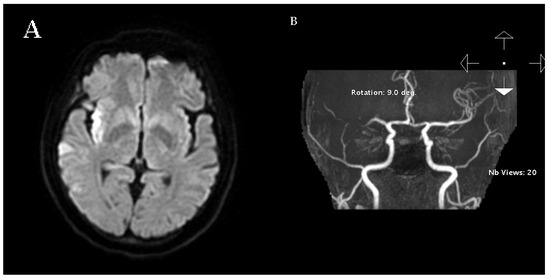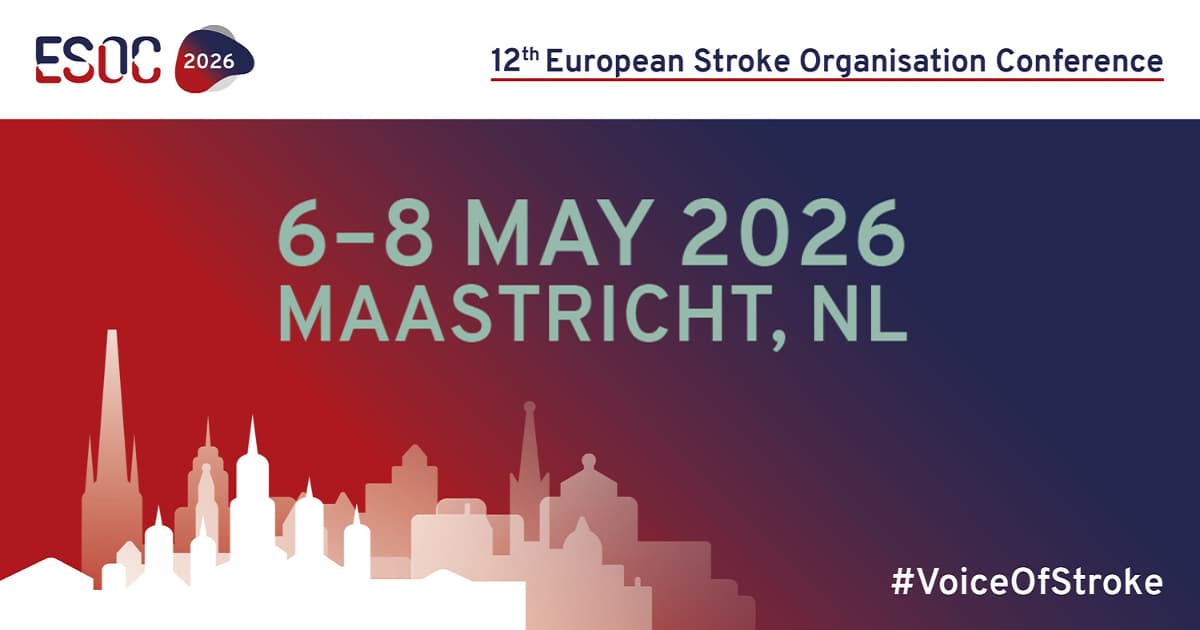-
 Neurovascular Pathophysiology and Emerging Biomarkers in Cerebral Malaria: An Integrative Perspective
Neurovascular Pathophysiology and Emerging Biomarkers in Cerebral Malaria: An Integrative Perspective -
 Plasma Amino Acids as Potential Biomarkers in Pediatric Mild Traumatic Brain Injuries
Plasma Amino Acids as Potential Biomarkers in Pediatric Mild Traumatic Brain Injuries -
 Plasma NfL Is Associated with Cognitive Functions but Not Patient-Reported Outcomes in MS
Plasma NfL Is Associated with Cognitive Functions but Not Patient-Reported Outcomes in MS -
 A Pilot Study: Sleep and Cognitive Effects of CPAP Intervention in Alzheimer's Disease with Obstructive Sleep Apnea
A Pilot Study: Sleep and Cognitive Effects of CPAP Intervention in Alzheimer's Disease with Obstructive Sleep Apnea
Journal Description
Neurology International
- Open Access— free for readers, with article processing charges (APC) paid by authors or their institutions.
- High Visibility: indexed within Scopus, ESCI (Web of Science), PubMed, PMC, Embase, and other databases.
- Journal Rank: JCR - Q2 (Clinical Neurology)
- Rapid Publication: manuscripts are peer-reviewed and a first decision is provided to authors approximately 21.4 days after submission; acceptance to publication is undertaken in 3.8 days (median values for papers published in this journal in the first half of 2025).
- Recognition of Reviewers: APC discount vouchers, optional signed peer review, and reviewer names published annually in the journal.
- Journal Cluster of Neurosciences: Brain Sciences, Neurology International, NeuroSci, Clinical and Translational Neuroscience, Neuroglia, Psychiatry International, Clocks & Sleep and Journal of Dementia and Alzheimer's Disease.
Latest Articles
E-Mail Alert
News
Topics
Deadline: 31 December 2025
Deadline: 31 January 2026
Deadline: 28 February 2026
Deadline: 10 March 2026
Conferences
Special Issues
Deadline: 31 December 2025
Deadline: 31 December 2025
Deadline: 31 December 2025
Deadline: 30 January 2026







